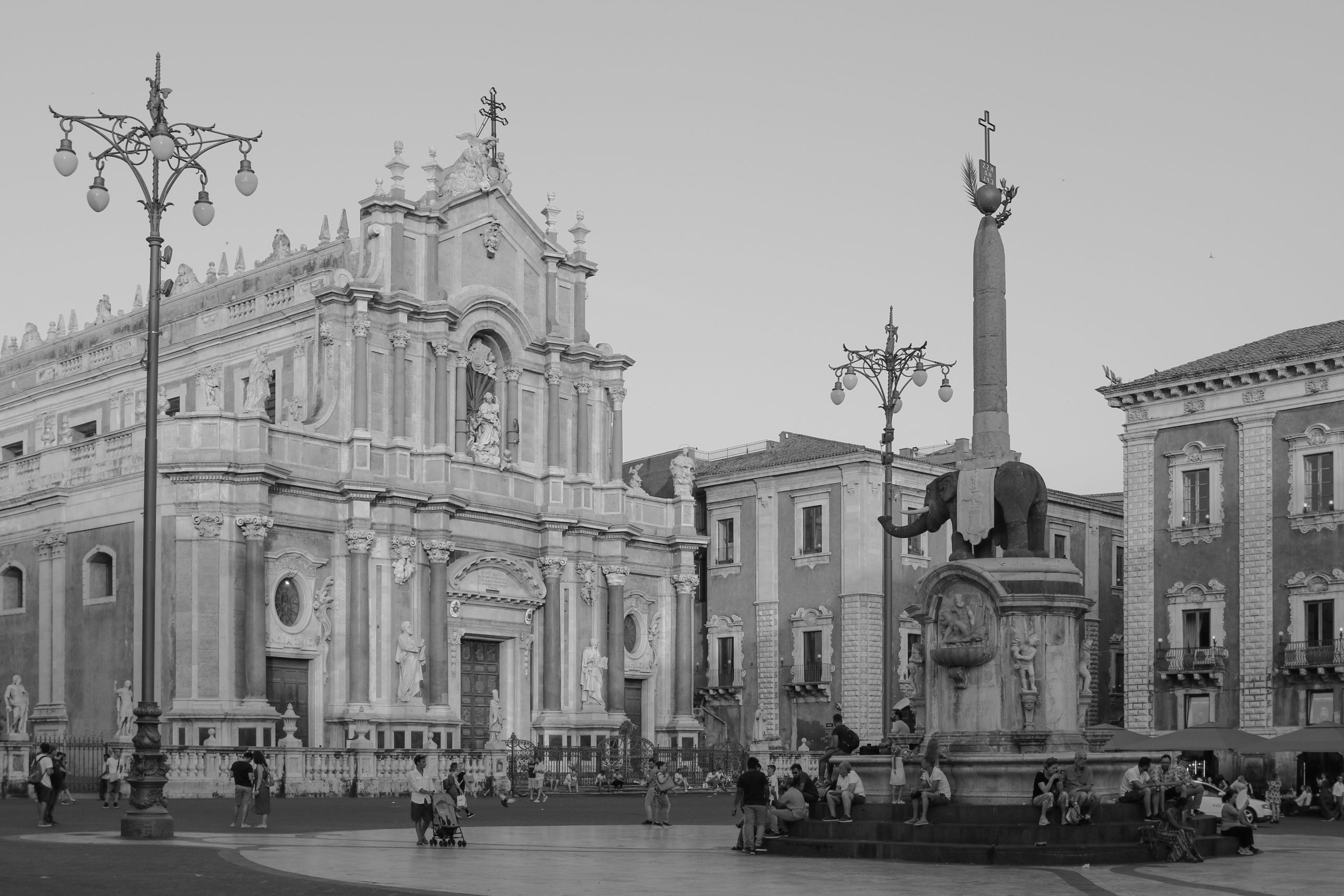Catania has this strange gravitational pull—not loud or showy at first, but somehow irresistible once you step off the train or out of the airport and start walking its streets. Maybe it’s the way Mount Etna sits in the background, enormous and brooding like an ancient god who hasn’t quite decided whether to bless or ruin the day. The whole city feels shaped by that volcano: the dark basalt stone buildings, the rich soil producing absurdly flavorful citrus, pistachios, and wine, and the locals who somehow carry a casual acceptance that life isn’t meant to be fully controlled. It gives the place a kind of boldness. Tourists feel it. They come expecting beaches or pasta and end up falling in love with a city that feels raw, real, slightly chaotic, and deeply alive.

Walking through the historic center can feel like stepping into a layered theater scene. Baroque facades line Via Etnea, balconies draped with laundry, scooters weaving around you with a confidence that defies road physics. The Piazza del Duomo becomes this living postcard when the light softens in late afternoon: the lava-stone elephant statue watching over crowds of people heading toward cafes, gelaterie, or just lingering with nowhere particular to be. Street markets like La Pescheria are a spectacle—fishmongers shouting prices, octopus piled next to swordfish heads, the whole air heavy with sea salt and garlic and olive oil. Tourists wander through not just to buy something, but because it feels like proof that traditions still exist somewhere uncommercialized.
The food definitely plays a role in its growing tourism magnetism. Arancini—those golden fried rice balls—are practically a religion, and everyone will insist their preferred bakery makes the superior version. Pasta alla Norma tastes somehow more meaningful here, maybe because it was born in this city, or maybe because the tomatoes and aubergines just taste different when they come from volcanic soil. And the sweets—well, Sicilians invented the concept of going overboard in the best possible way. Cannoli, granite with brioche in the morning, pistachio everything (including gelato so creamy and vibrant that it almost feels unreal).
Tourists also love how accessible everything is. One hour away are sandy beaches like La Playa or rugged lava-coast swimming spots around Aci Trezza and Aci Castello. A short drive or tour puts you halfway up Etna, walking over ancient lava flows or sipping wine from vineyards growing right where the earth once burned. The stories tourists collect here tend to feel personal—like they didn’t just visit a destination, they lived it for a little while.
People return because the city doesn’t feel polished or curated for tourism. It’s imperfect, loud, occasionally messy—but it’s authentic, and that’s what travelers crave now more than ever. Catania doesn’t seduce you with postcards. It wins you over with character, energy, and the feeling that life here runs a little hotter, a little closer to the edge—and that maybe that’s how it’s meant to be.
Leave a Reply